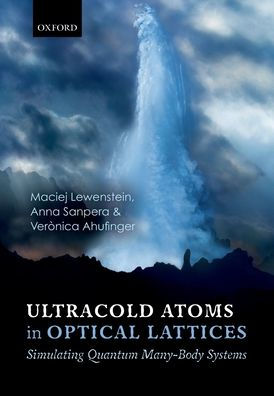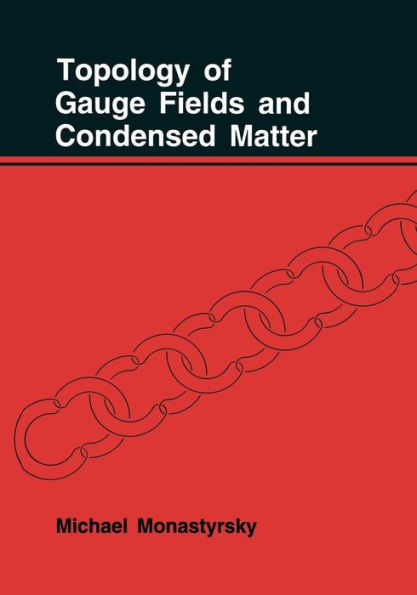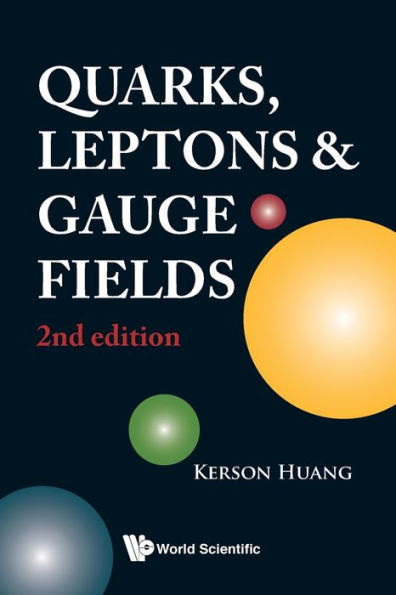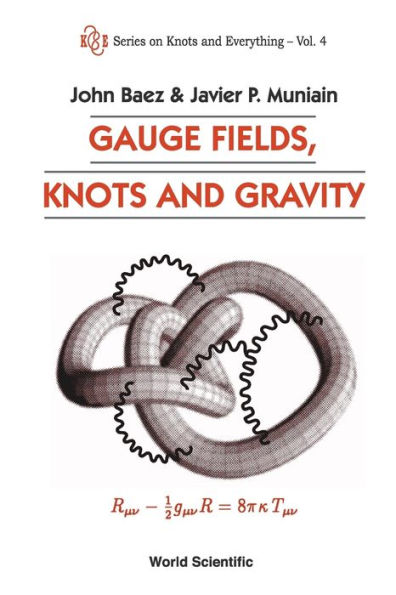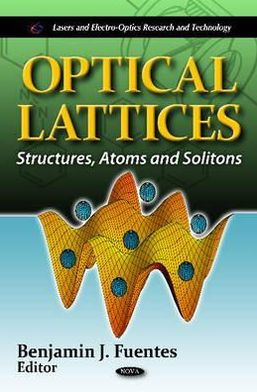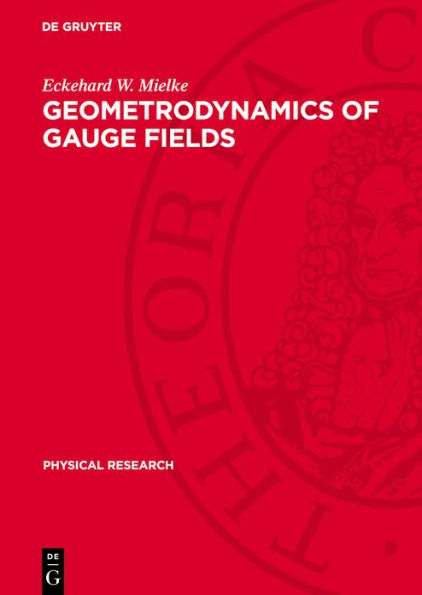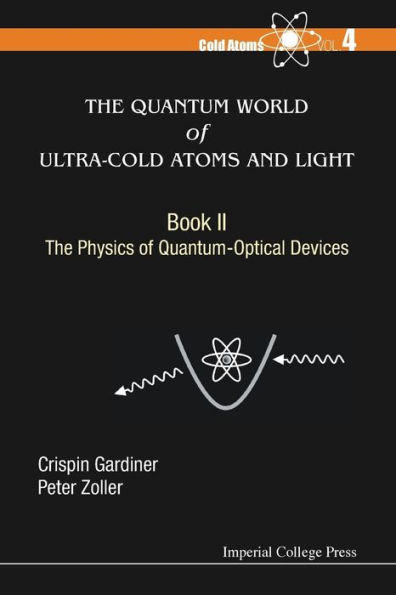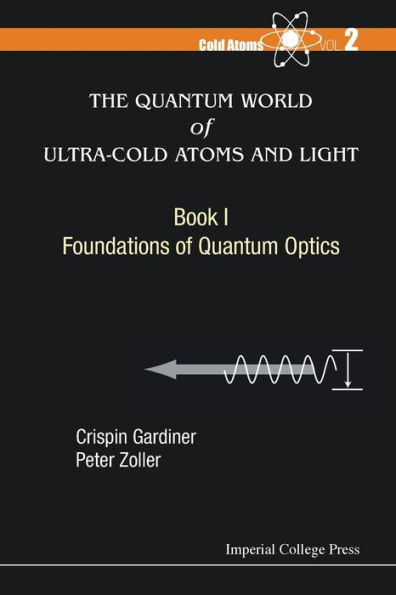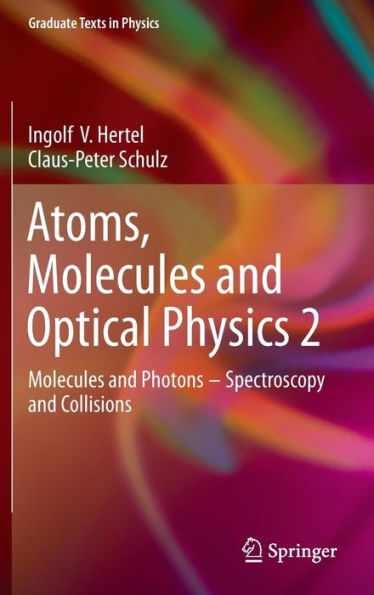Home
Artificial Gauge Fields with Ultracold Atoms in Optical Lattices
Barnes and Noble
Artificial Gauge Fields with Ultracold Atoms in Optical Lattices
Current price: $109.99
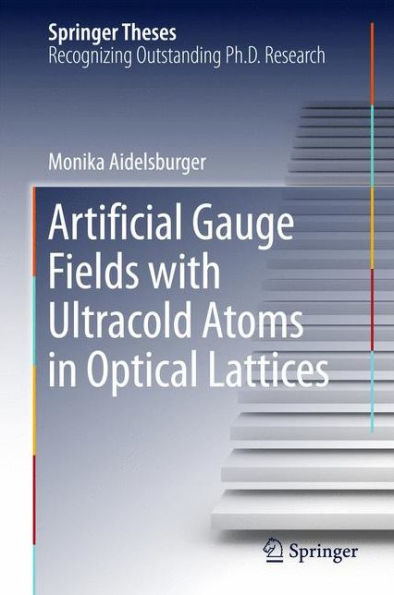

Barnes and Noble
Artificial Gauge Fields with Ultracold Atoms in Optical Lattices
Current price: $109.99
Size: OS
Loading Inventory...
*Product information may vary - to confirm product availability, pricing, shipping and return information please contact Barnes and Noble
This work reports on the generation of artificial magnetic fields with ultracold atoms in optical lattices using laser-assisted tunneling, as well as on the first Chern-number measurement in a non-electronic system.
It starts with an introduction to the Hofstadter model, which describes the dynamics of charged particles on a square lattice subjected to strong magnetic fields. This model exhibits energy bands with non-zero topological invariants called Chern numbers, a property that is at the origin of the quantum Hall effect. The main part of the work discusses the realization of analog systems with ultracold neutral atoms using laser-assisted-tunneling techniques both from a theoretical and experimental point of view. Staggered, homogeneous and spin-dependent flux distributions are generated and characterized using two-dimensional optical super-lattice potentials. Additionally their topological properties are studied via the observation of bulk topological currents.
The experimental techniques presented here offer a unique setting for studying topologically non-trivial systems with ultracold atoms.
It starts with an introduction to the Hofstadter model, which describes the dynamics of charged particles on a square lattice subjected to strong magnetic fields. This model exhibits energy bands with non-zero topological invariants called Chern numbers, a property that is at the origin of the quantum Hall effect. The main part of the work discusses the realization of analog systems with ultracold neutral atoms using laser-assisted-tunneling techniques both from a theoretical and experimental point of view. Staggered, homogeneous and spin-dependent flux distributions are generated and characterized using two-dimensional optical super-lattice potentials. Additionally their topological properties are studied via the observation of bulk topological currents.
The experimental techniques presented here offer a unique setting for studying topologically non-trivial systems with ultracold atoms.
